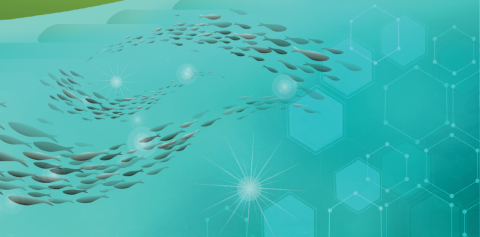
Since winning the Fish Protection Prize, three teams have further developed their innovative concepts, which have the potential to help modernize hydropower facilities and protect fish from water diversion pipes and dam intakes across the country.
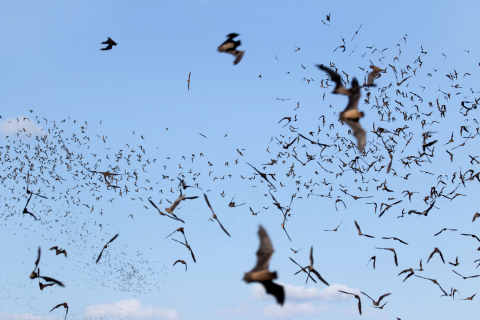
DOE Announces $1.6 million for a jointly funded project supporting the coexistence of offshore wind with bats on the West Coast.
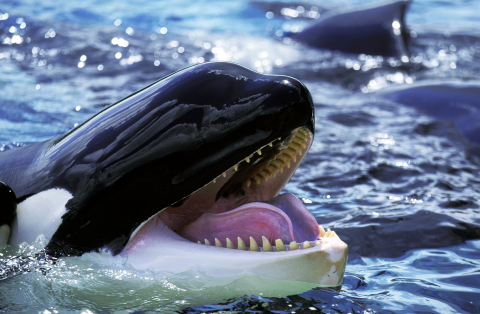
The National Offshore Wind Research and Development Consortium (NOWRDC), which was established with funding from the U.S. Department of Energy (DOE), has selected five new projects to receive a total of $3.5 million for ocean coexistence and transmission.
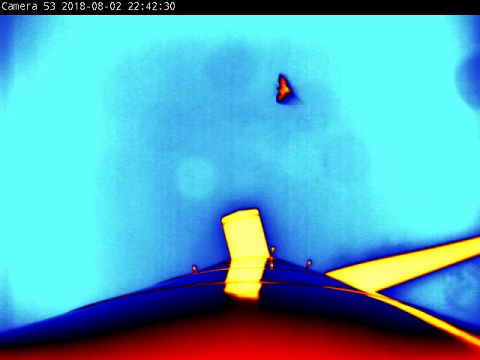
To improve our understanding of why and how bats interact with wind turbines, the National Renewable Energy Laboratory has selected three companies to receive funding through its Enabling Coexistence Options for Wind Energy and Wildlife program.
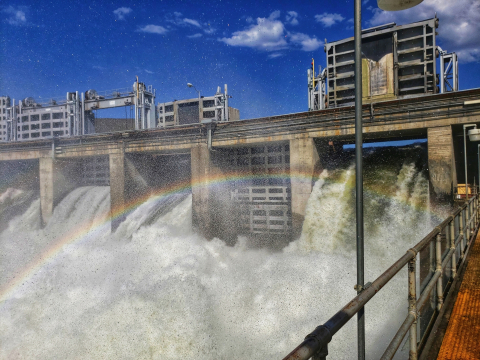
The research team behind the HydroPASSAGE project worked directly with users to enhance the utility of two toolsets and ensure the adoption of tools to support environmental and operational decision making.
Offshore wind research buoys are equipped with instruments that can take wind speed measurements as high as 250 meters—the height of today’s wind turbines. Results will help wind power plant operators make funding and siting decisions.
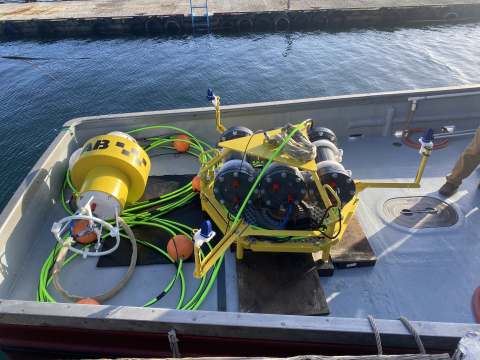
Innovative technology mitigates the negative impacts of offshore wind energy development on this endangered species.
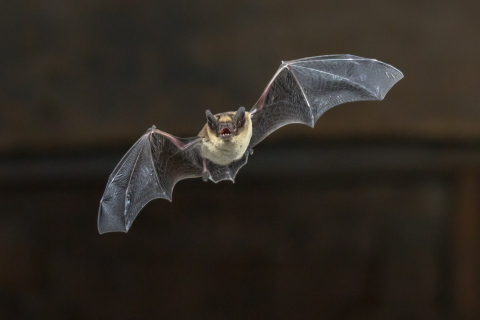
Natural Power has developed the first-ever smart curtailment technology that simultaneously reduces bat fatalities and energy losses at wind farms.
The Department of Energy announced the launch of the American-Made Geothermal Lithium Extraction Prize.
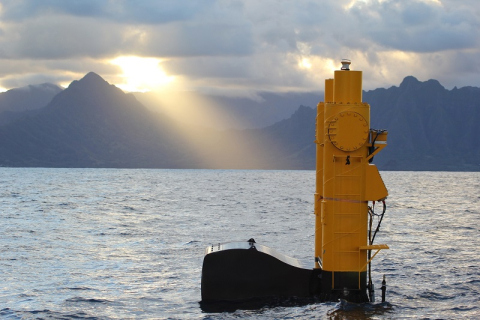
Energy Department shares results of the 2020 State of the Science report measuring impact marine renewable devices have on the marine environment.

